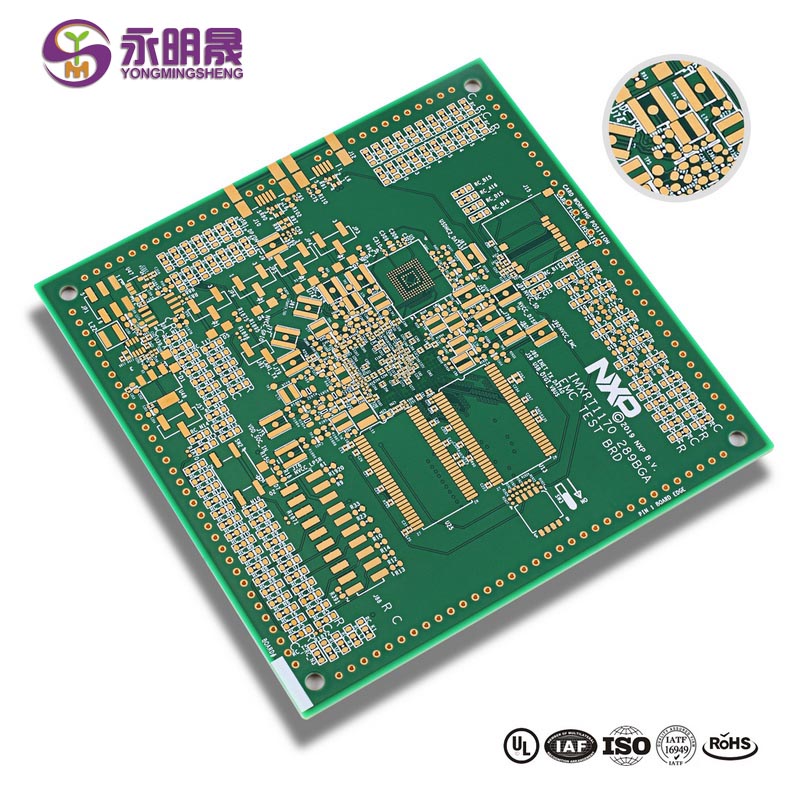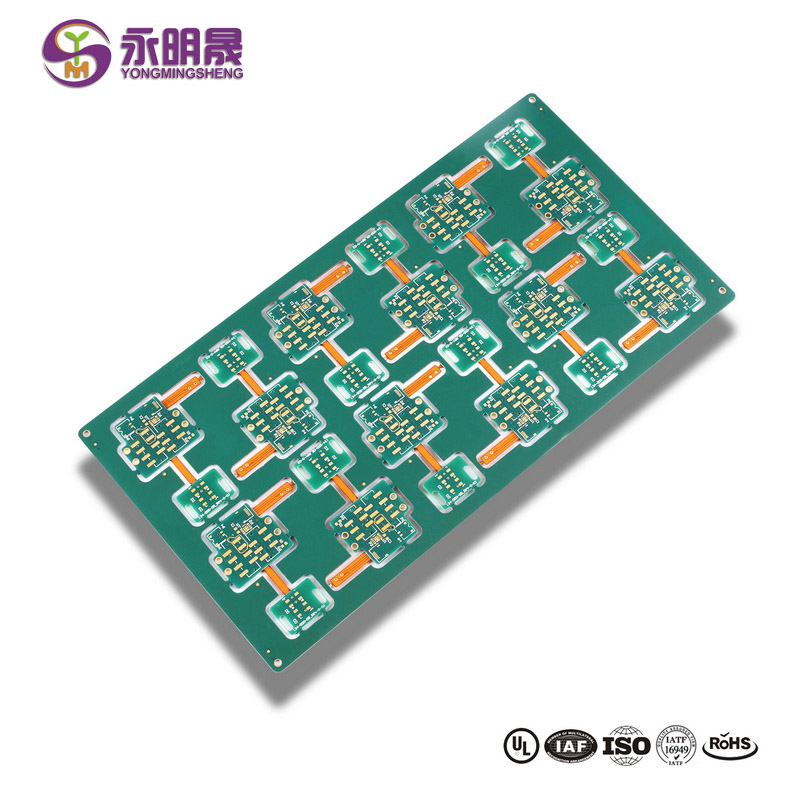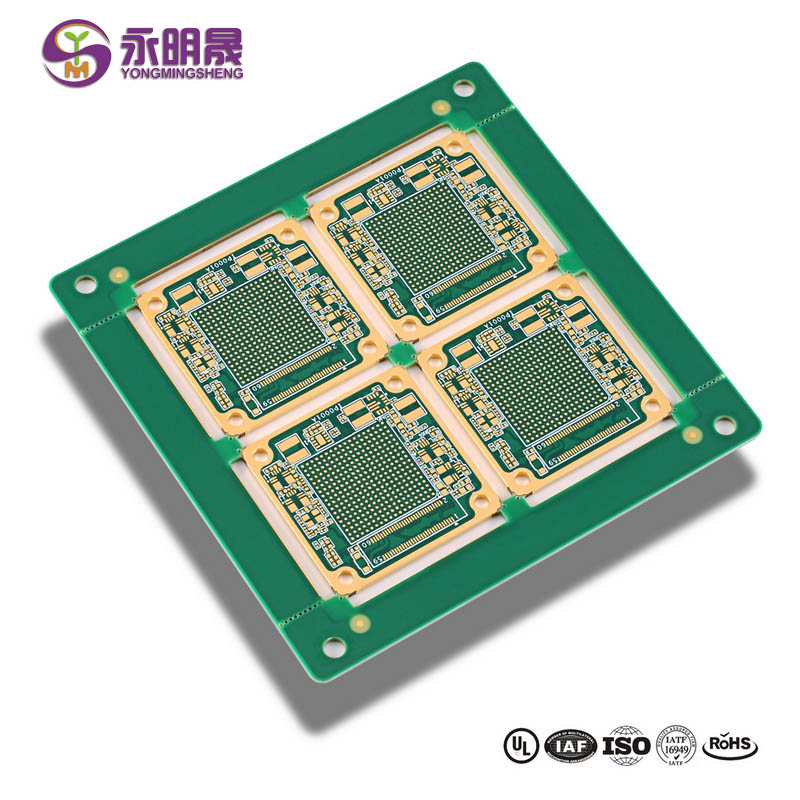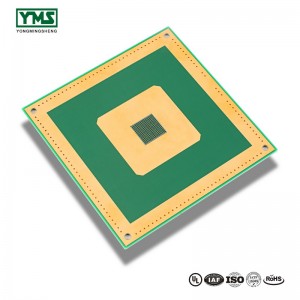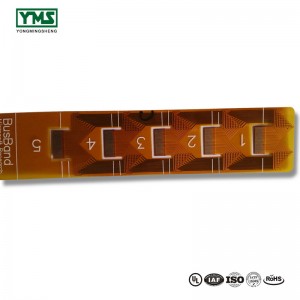High Tg PCB Advanced PCB Manufacturing| YMS PCB
How do I classify high-TG materials?
| Rauemi | TG | MOT |
| FR4-standard-TG | 130°C | 110°C |
| FR4-mittel-TG | 150°C | 130°C |
| FR4-hoch-TG | 170°C | 150°C |
| Polyimid-Super-hoch-TG-Material | 250°C | 230°C |
ome common high-frequency materials do not mention TGs in their datasheets. This is due to the original meaning of TG: "temperature of glass transition". Many ceramics- or PTFE-based materials do simply not contain any glass fibres and therefore have no technical TG. Generally, this fact also applies to Polyimides (PI). However, you can usually assume a TG of at least 200°C for Polyimide, ceramics or PTFE-materials. In this case the TG simply stands for temperature resistance.
You may apply the following values:
| Material type | Typical „TG“ |
| CEM1 | 110-130°C |
| FR4 | 120-180°C |
| PTFE | 200-260°C |
| Ceramic | 200-300°C |
| Polyimide | 200-350°C |
YMS High Tg PCB manufacturing capabilities:
|
YMS High Tg PCB manufacturing capabilities overview |
||
| Āhuahira | āheinga | |
| Kaute Papa | 3-60L | |
| Wātea Hangarau PCB Multilayer | Na roto i te poka me te Ratio Ahuatanga 16: 1 | |
| tanumia ka matapo via | ||
| Ranu | High Frequency Material such as RO4350B and FR4 TG 180°Mix etc. | |
| High Speed Material such as M7NE and FR4 TG 180°Mix etc. | ||
| Matotoru | 0.3mm-8mm | |
| Raina Itinga Whanui me te Mokowā | 0.05mm / 0.05mm (2mil / 2mil) | |
| BGA PITCH | 0.35mm | |
| Te miihini Min | 0.15mm (6mil) | |
| Ratio Wahanga mo te poka | 16: 1 | |
| Mata Whakamutunga | HASL, Lead free HASL, ENIG, Immersion Tin, OSP, Immersion Silver, Gold Finger, Electroplating Hard Gold, Selective OSP, ENEPIG.etc. | |
| Ma te Kii Whakakii | Ka whakakikihia te via ka whakakiihia ki te epoxy arataki kore-arataki ranei ka kapi ka whakakikihia (VIPPO) | |
| Kapi kapi, kapi hiriwa | ||
| Rehitatanga | ± 4mira | |
| Mask Topi | Kakarariki, Whero, kowhai, Kahurangi, Ma, Mangu, Waiporoporo, Matte Pango, Matte matariki. | |
Ako atu mo nga hua YMS
Panui atu nga korero


Tuhia tō karere i konei, ka tukua atu i te reira ki a tatou



